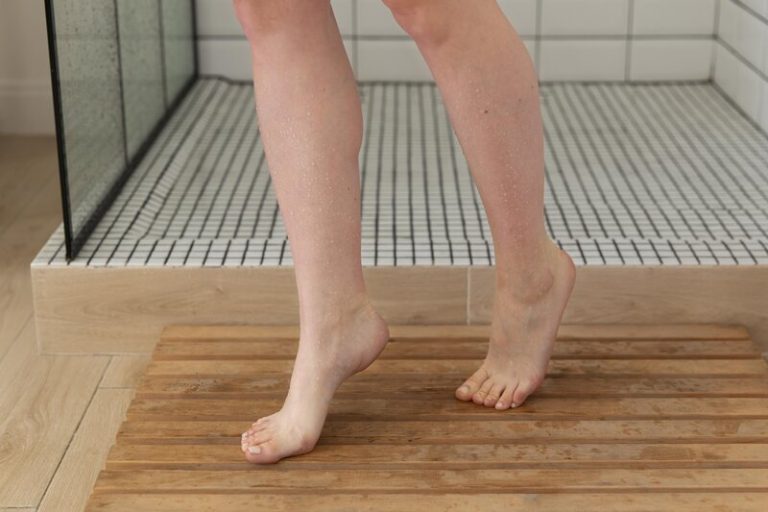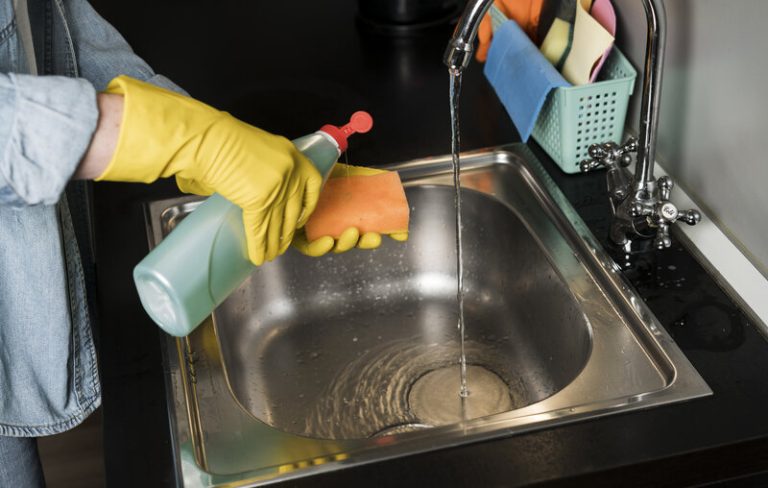Ensuring a safe and healthy learning environment is essential, making it crucial to know when to disinfect classroom spaces effectively. With students and staff interacting closely, understanding the timing for disinfection helps prevent the spread of germs and maintains a secure space for all.
Regular school disinfection, especially during flu season or after reported illnesses, safeguards everyone’s health and keeps absenteeism low. This guide outlines the importance of classroom disinfection, provides practical cleaning methods, and identifies key times for sanitising shared spaces.
Following these practices can foster a healthier school environment and reinforce a proactive approach to cleanliness within the educational community.
When to Disinfect Classroom?
Knowing when to disinfect classroom is vital for creating a safe, healthy environment for students and teachers. Key factors such as high-touch areas, frequency of classroom use, and seasonal illnesses help shape an effective “school disinfection” schedule.
a. What are the Factors to Consider?
Effective “school disinfection” involves considering foot traffic, student age, and the types of activities taking place in the classroom. Younger students, with their close contact and developing hygiene habits, may spread germs more easily, so high-touch surfaces like desks, doorknobs, and shared equipment should be cleaned more often.
Understanding these factors enables schools to adjust routines, especially during flu season, when frequent sanitising can protect everyone. Setting up a comprehensive cleaning schedule that responds to these factors not only reduces the spread of illness but also creates a healthier learning environment for students and staff alike.
b. When is the Best Time to Disinfect a Classroom?
The ideal time for disinfecting classrooms is generally after school hours or during designated breaks, which allows for thorough cleaning without disrupting the learning process. Aligning disinfecting routines with student schedules, such as after lunch or exams, helps maintain a consistently clean environment.
Daily disinfection of high-touch surfaces with sanitising wipes, combined with hygiene habits like frequent handwashing, reinforces a germ-free space. By embedding “school disinfection” practices into the school day, classrooms become safer, fostering an environment where students can thrive academically in a health-conscious space.
How to Properly Disinfect a Classroom?
Effective classroom disinfection is essential to maintain a germ-free space for students and teachers. Knowing “when to disinfect classroom” spaces and using the correct methods ensures maximum safety and cleanliness. Here’s how:
a. What are the Recommended Disinfectants?
For effective school disinfection, select approved disinfectants suited for high-traffic areas. Green cleaners offer natural ingredients, keeping chemicals minimal without sacrificing strength, while eco-friendly and biodegradable options are gentle on health and the environment.
For heightened needs, hospital-grade disinfectants provide extensive coverage against tough pathogens. Each option should be vetted for safety to maintain a clean yet safe learning space. Using the right products enhances protection and supports a healthy educational environment.
b. What are the Steps for Effective Disinfection?
Disinfecting a classroom thoroughly involves preparation, cleaning, disinfecting, and maintenance. Start by gathering gloves, masks, and disinfecting wipes or sprays. Dust and clean high-touch surfaces like desks, door handles, and materials, then spray disinfectant, allowing it to sit for 5-10 minutes.
Finally, wipe surfaces clean and ensure routine upkeep. This method enhances classroom hygiene and can greatly reduce illness risks, ensuring a safer environment for students and teachers.
What are the Signs that a Classroom Needs Disinfection?
Recognising the signs that a classroom needs disinfection is essential for maintaining a healthy learning environment, encompassing both visible signs and more subtle cues.
a. What are the Visible Signs?
Clear indicators of a needed school disinfection include spills, stains, or unclean surfaces on desks and common areas. Germ-prone spots like doorknobs, light switches, and shared supplies should be sanitized if visibly dirty. Food spills or stains on carpets signal bacteria buildup and should be addressed immediately.
Addressing these hotspots ensures a clean, inviting space where students can learn without hygiene concerns, creating a safer classroom environment for everyone.
b. What are the Symptoms of Illness in Students?
Frequent coughing, sneezing, or complaints of headaches among students may indicate a need for prompt classroom disinfection to reduce illness spread. Timely action when illness symptoms are observed helps maintain a healthier environment and prevents potential outbreaks.
Educators and parents can work together, staying alert to patterns in student health. By fostering good hygiene habits and encouraging quick reporting, schools can reduce germ spread and safeguard the classroom community’s health.
How Often Should Classrooms be Disinfected?
Regular school disinfection is key, with frequency based on student numbers, activity types, and health guidelines. Knowing “when to disinfect classroom” spaces is essential for reducing germ spread.
a. What are the Recommended Frequencies for Disinfection?
For a safer learning space, daily disinfection of high-touch areas—desks, doorknobs, and shared items—is advised, while a weekly deep cleaning addresses deeper hygiene needs.
Consistent cleaning of restrooms and common areas several times daily further limits cross-contamination. Deep cleaning at least weekly, using approved disinfectants, creates a healthier classroom atmosphere by eliminating germs and maintaining high sanitation standards across the school..
b. What are the Factors that Affect Frequency of Disinfection?
The frequency of school disinfection is influenced by classroom size, activity types, and illness trends. Larger classes or hands-on activities can increase contact points, requiring more frequent disinfection.
Seasonal illness patterns, such as flu outbreaks, also warrant increased cleaning, often with hospital-grade disinfectants for better germ control. Assessing these factors helps schools adjust their cleaning practices to protect student health and maintain a learning-friendly environment.
Knowing when to disinfect classroom spaces is essential in maintaining a safe, healthy environment for students and staff alike. Regular disinfection, especially in high-traffic and shared areas, helps prevent the spread of illness and promotes a cleaner, more welcoming learning atmosphere.
Effective school disinfection routines not only improve hygiene but also support a healthier community overall. For an extra level of cleanliness, consider TEKA Cleaning‘s specialised services. Instead of tackling deep cleaning yourself, rely on the expertise of TEKA Cleaning to ensure thorough, reliable disinfection.
Call TEKA Cleaning on 01223 751 544 for specialised cleaning that goes beyond surface-level, providing peace of mind and a pristine classroom environment that’s ready for learning.
Read also:











